I'm trying to customize the backBarButtonItem with a custom image (the text 'back' is included in that image), here is the current result:
https://i.stack.imgur.com/jn9u4.png
Does anyone know why this might be happening?
Here is my code on viewDidLoad (actually runs both on the parent controller and then again on the new controller that has the back button)
UIImage *backButtonImage = [UIImage imageNamed:@"Graphics/Shared/navigation_back_button.png"];
UIBarButtonItem *backButton = [[UIBarButtonItem alloc]
initWithImage:backButtonImage
style:UIBarButtonItemStylePlain
target:nil
action:nil];
self.navigationItem.backBarButtonItem = backButton;
Edit: I'm using iOS 5 by the way! Maybe appearance proxy is usable but so far when I tried to use it for the back button stuff (in appDelegate) the app simple crashes.

